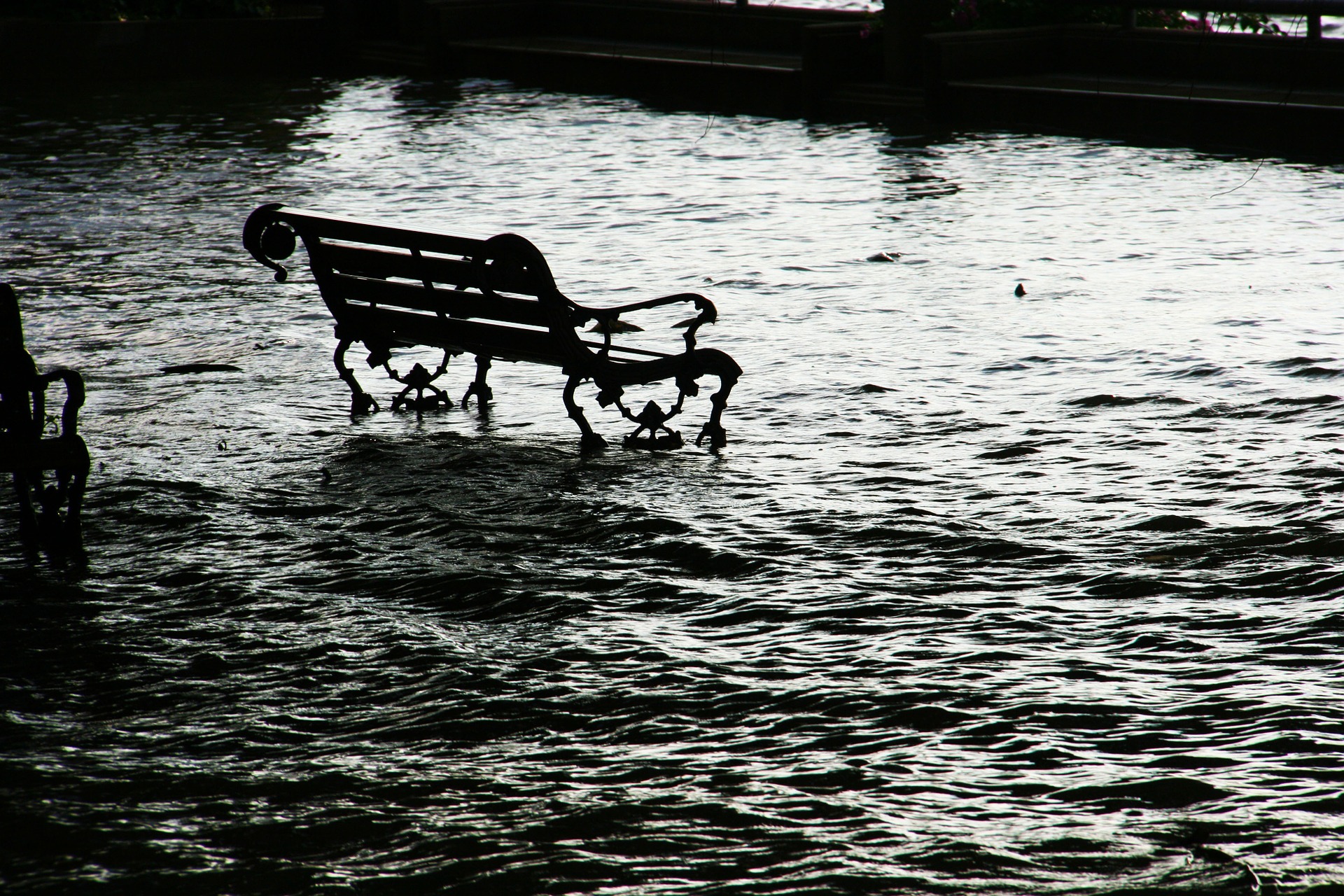Is buying a house in a flood risk area worth it?
Buying a home can be a long and arduous process, and you could be forgiven for thinking you should immediately reject anything in a flood risk area. At first glance, it seems like it might be a lot of hassle or cost too much to insure, leaving you with a home that is poor value for money, and which you might struggle to sell on in the future. However, with The Environment Agency estimating a staggering 1 in 6 properties being at flood risk in England alone, you may find that your options are somewhat more limited than you had initially hoped.
How to find out if your home is at risk
You can check online if your potential new home is in a flood risk area, by entering the postcode on the Environment Agency’s flood maps. You should also speak to your estate agent or seller to ask if they are aware of any history of flooding in the area, as it is their duty to disclose this information. It’s also worth talking to the neighbours, and ensuring your conveyancing solicitor will carry out a full investigation for the specific property and not just the general postcode area.
Whilst it’s important to check for historical flooding of the area, you should also check to see whether the local authority may have since installed any flood defences or barriers, as this could have a huge impact on decreasing the risk, and preventing further damage.
Risk
With climate change an ongoing threat to the planet, the risk of flooding in the UK is only going to continue to grow. Obvious high risk areas are defined in close proximity to rivers, lakes, and large bodies of water, which are prone to bursting their banks during heavy rainfall. Properties near to coastlines are also at risk of high tides and large waves. A rarer phenomenon is ‘groundwater flooding’, where the water comes up through the ground to the surface.
But the fastest growing risk is the ‘surface water flooding’ that occurs after a big storm. Climate change is causing storms to increase in regularity and severity, and the subsequent heavy rainfall is likely to get even worse.
Insurance
However, help is at hand to deal with the risk. A collection of insurance companies have worked with ABI (the Association of British Insurers) to establish Flood Re; an initiative which helps an estimated 350,000 homeowners across the UK to take out affordable insurance if their home is considered to be at a significant risk of flooding. The premium is based on the property’s council tax band, and insurers can place the flood risk part of the home insurance policy with Flood Re at a capped price.
Prevention
Whilst it’s impossible to entirely eliminate the risk, there are many ways in which you can safeguard your home against potential flood damage before it happens. Simple measures you can take include avoiding carpets in rooms on lower floors, and placing plug sockets higher up on the walls. If you have a garden, you can install drainage areas or water gardens to bear some of the potential surface water burden.
Both the Met Office and the National Flood Forum provide extensive advice on protecting your home from damages, but it’s also recommended that you enlist the services of a professional flood risk and drainage surveyor to advise you on what procedures might be best suited to your particular property.
Is it worth it?
The advantage to buying a house in a flood risk area is that it will probably be more affordable than buying elsewhere, so it’s really a balancing act between the money you would save on the purchase versus the money you would need to spend on insurance and preventative measures.
If you can make peace with the fact that you may have a few sleepless nights when the weather is bad and there’s a chance you may have to deal with the worst consequences, then the pros probably outweigh the cons. Equally, there is also always the possibility that the local authority may install their own flood defence system and decrease the risk to the area, meaning you could end up getting a good return on your investment in the long term.

